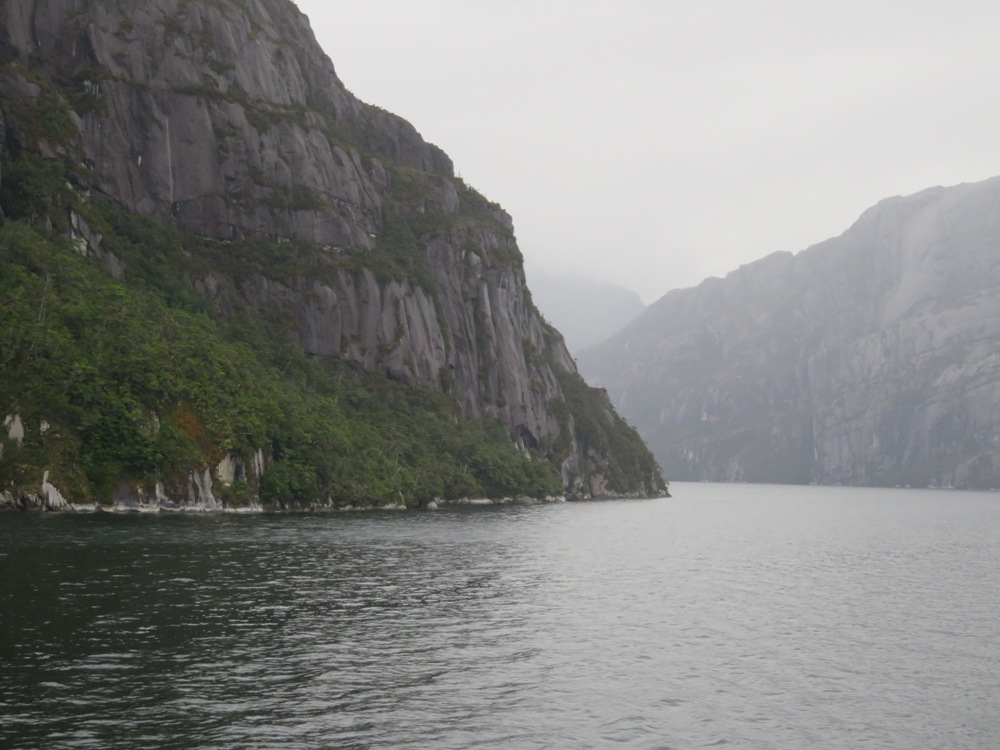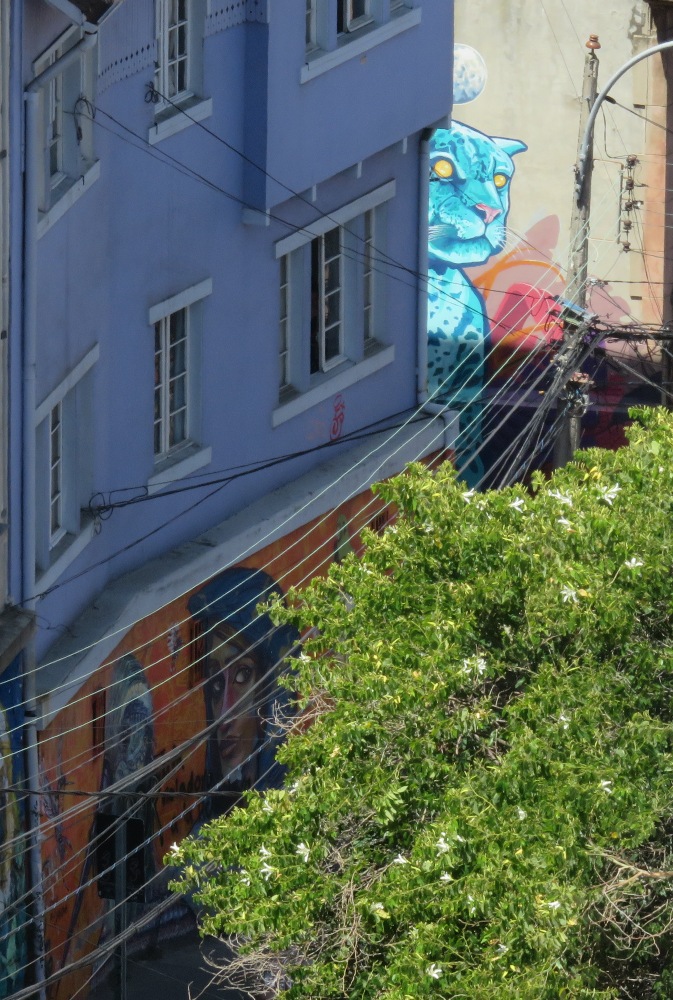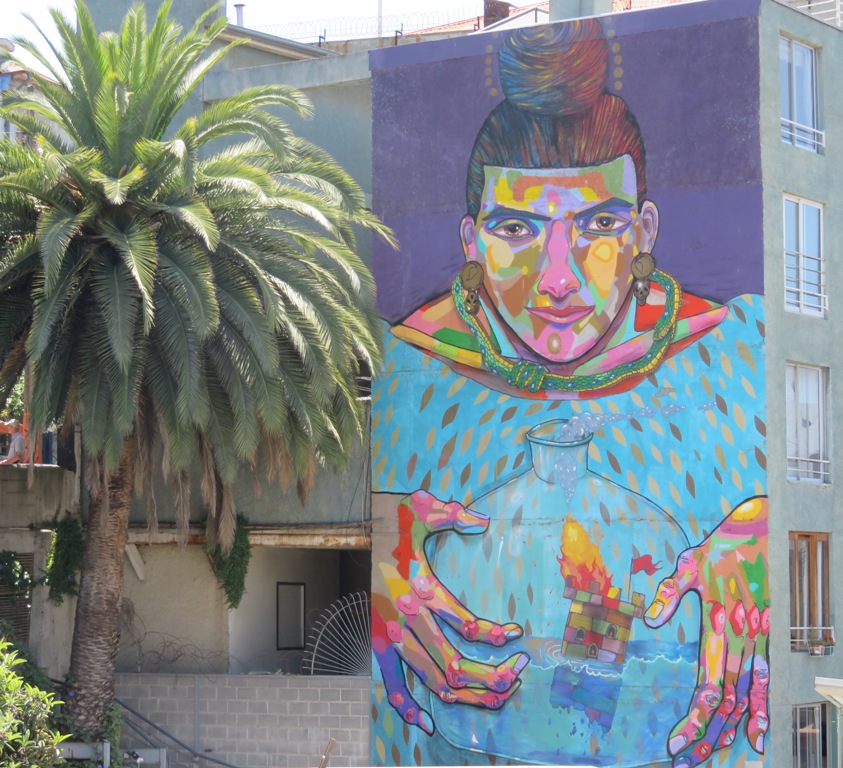Shortly after the 2020 election, driven by our interest and curiosity about the rest of the world, we headed for Chile with Argentina to follow. “Certainly, travel is more than the seeing of sights; it is a change that goes on, deep and permanent, in the ideas of living.” Quoted from Miriam Beard, and one of the epigraphs I used in my book, “Voice of a Voyage.”
Although we had no idea of the election outcome and, frankly, couldn’t have imagined that disaster at the time, my husband, Wayne, and I had planned a trip to Chile and Argentina for 5 weeks starting January 8. I was particularly pleased to be out of the US for the inauguration, although sorry to miss the marches.
I asked as many Chileans and Argentinians as possible what they thought about our election. To a person, they thought our electoral college was crazy, and why didn’t we have one person, one vote? Indeed, WHY don’t we? As well, the South Americans I spoke with have the same reaction to 45 (as one friend has taken to calling him, who can’t stand to say his name, as he is the 45th president) as everyone I know has also: from making jokes to being horrified and frightened. But enough about US politics, let’s look at Chile.

It’s a well-developed country, with good infrastructure. Hopefully they will balance their economic drive with environmental concerns, which is their weakest area now with mining, timber, and ranching all creating their own environmental disasters, not to mention climate change and the heavy impact on their glaciers and their very long coastline. Geographically, it has to be the thinnest nation-state, butit is the longest at 2,653 miles (4,270 km). It also has a lot of active volcanoes, moving and shrinking glaciers, earthquakes, and an amazing coastline. Amazing because if you measured all its convolutions it would be incredibly long, but as far as I can tell, no one really has done this. Then there is its variation from desert to fjords, and so much in between.
Our itinerary started in Santiago (we chose not to go north, at least on this trip) > Valparaiso > Isla Negra and its home turned museum for Pablo Neruda > the Colchaugua Valley (Cabernet country and what turned out to be our best meal in Chile), > the Lake District, starting with Villarrica, then Lago Ranco, probably our favorite of the lakes, then Ensenada > Puerto Montt and boarding the Navimag Ferry for 4 days, 3 nights in, out, and around the multiple fjords, islands, and intricate coastline to Puerto Natales > Torres del Paine, where we stayed on an estancia and saw the Torres from our bedroom window every day (sometimes people are there for a week and never see them because of the cloud cover) > Punta Arenas and boarding the M/V Stella Australis for a 5-day, 4-night cruise through the Magellan Strait, Glacier Alley, the Beagle Channel, Cape Horn, a visit to the Magellanic penguins, and north slightly to Ushuaia, Argentina. More on Argentina in later blogs.
Santiago is, like most cities of its size (metro population @6,900,000), made up of diverse neighborhoods with the usual extreme economic range from poverty to ultra rich. I didn’t find it as charming, welcoming, or attractive as parts of Lima or Buenos Aires, but my attitude was impacted by receiving some difficult personal news and that Wayne got his South American gastro attack so badly we needed a doctor to come to the hotel. One interesting aspect I will note is the various architectural styles. For anyone interested in that, it’s a marvelous place to compare and contrast. Here are a couple of examples.


Our stay in Valparaiso was shortened due to Wayne’s illness in Santiago, but long enough for me to be charmed by the murals for which it is well known. It is a city on the water with hills, like San Francisco on steroids! It is made up of about 45 distinct hills; like ice cream, they each have their own flavor and color. The murals range from beautiful artistry to bizarre to funny to clever.



Next Isla Negra and the Pablo Neruda home and museum, the Cochaugua Valley, and the Lake District.
